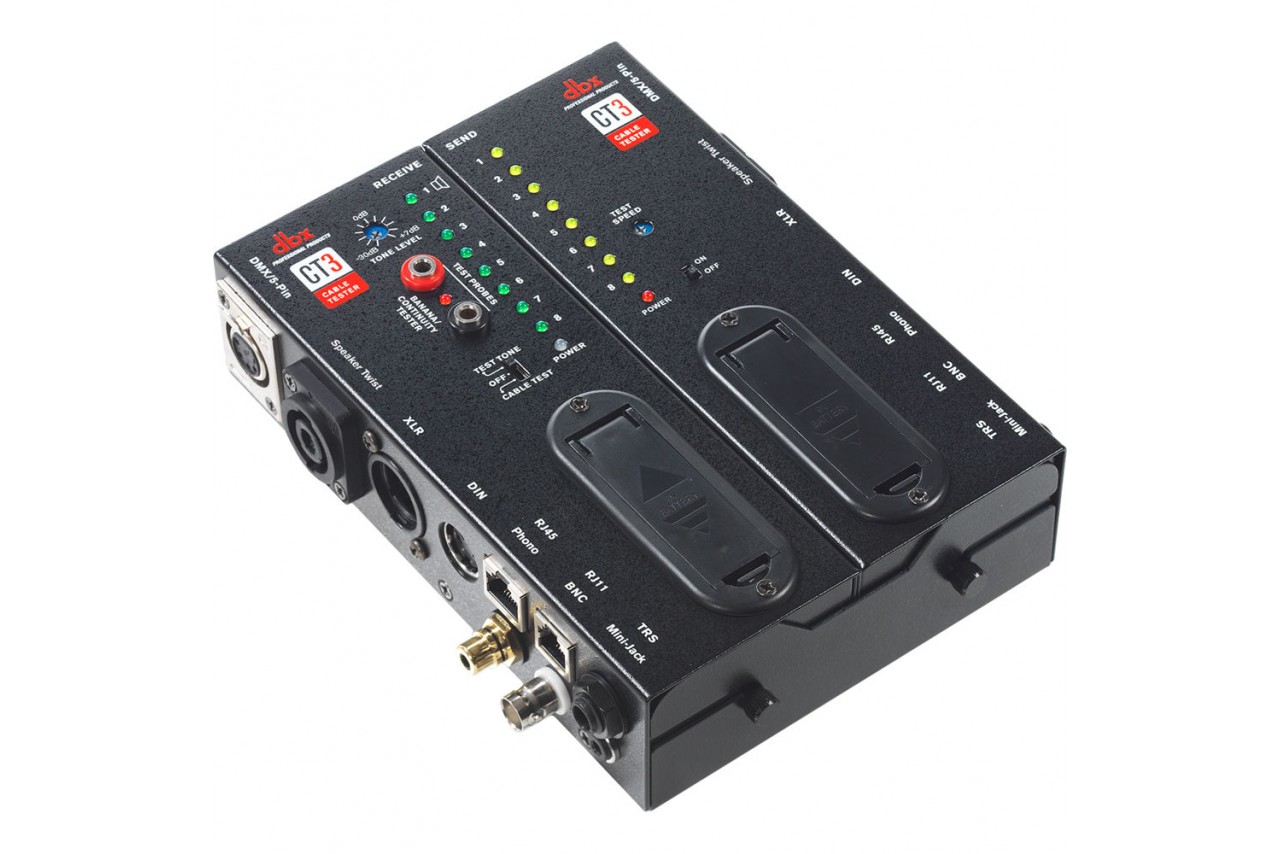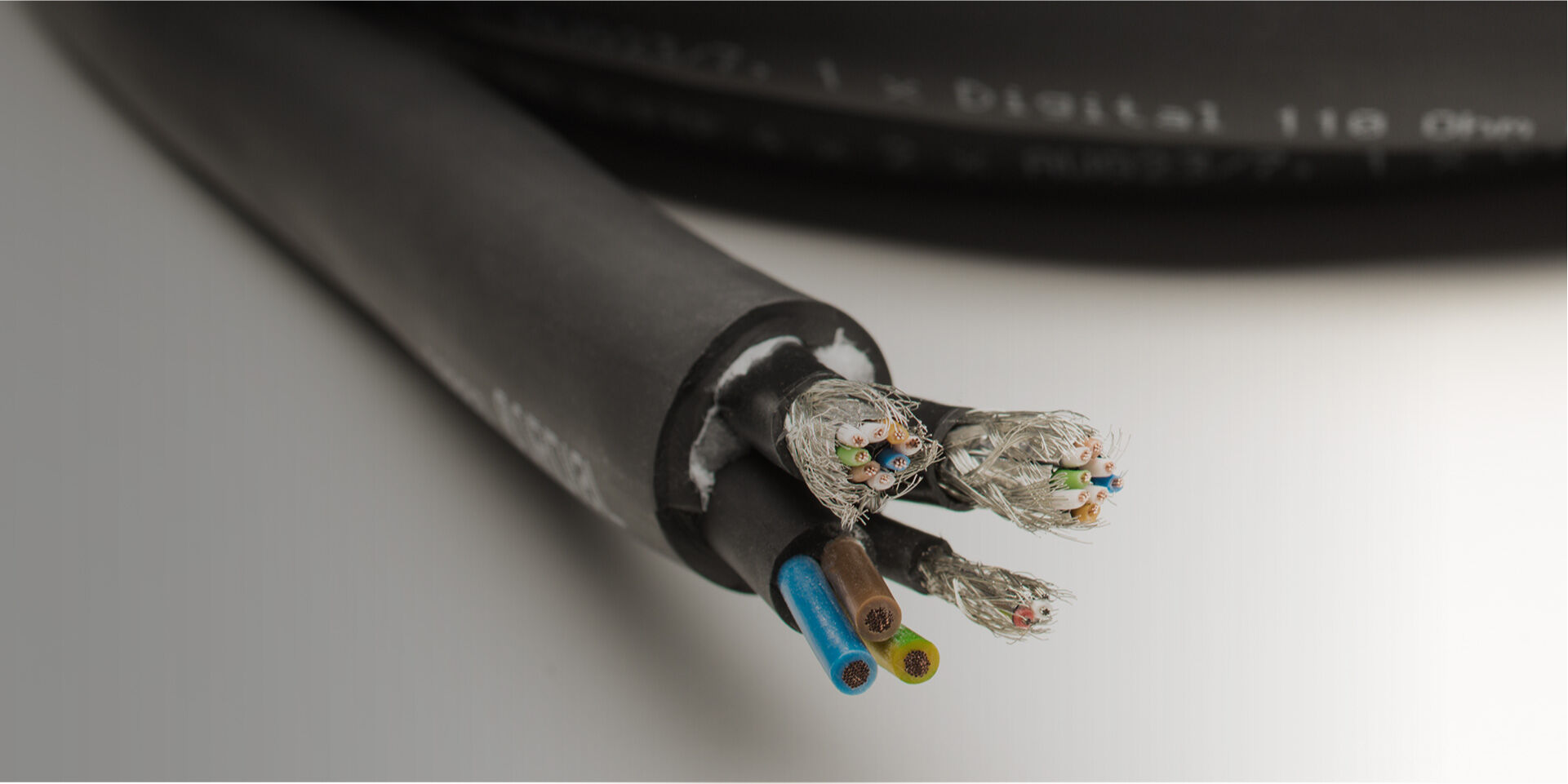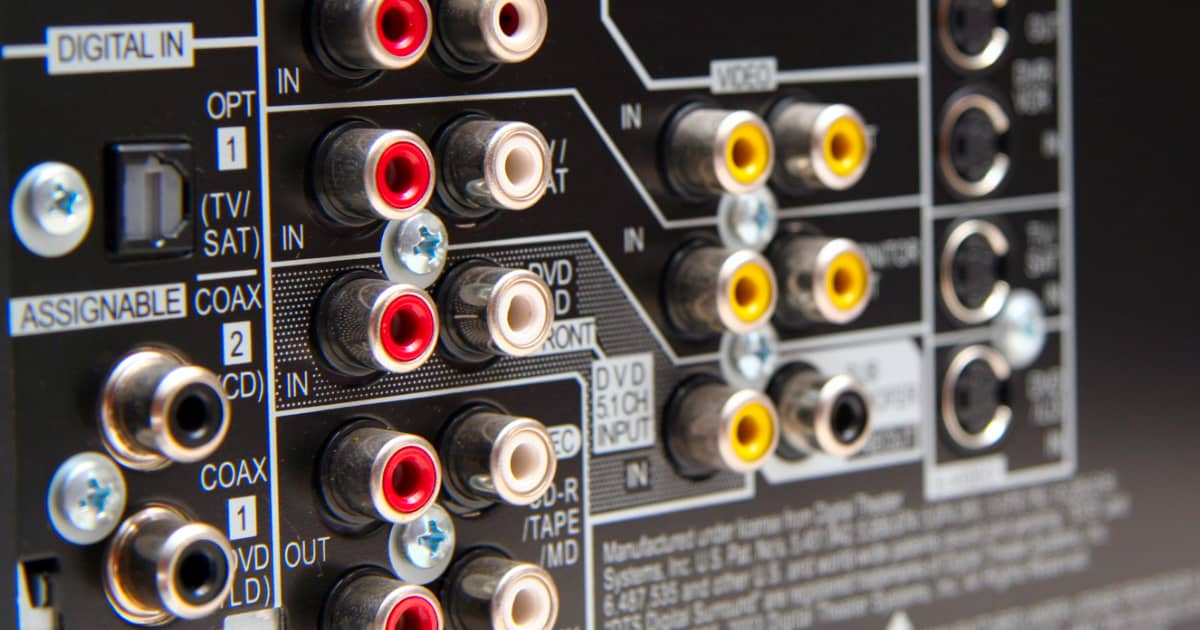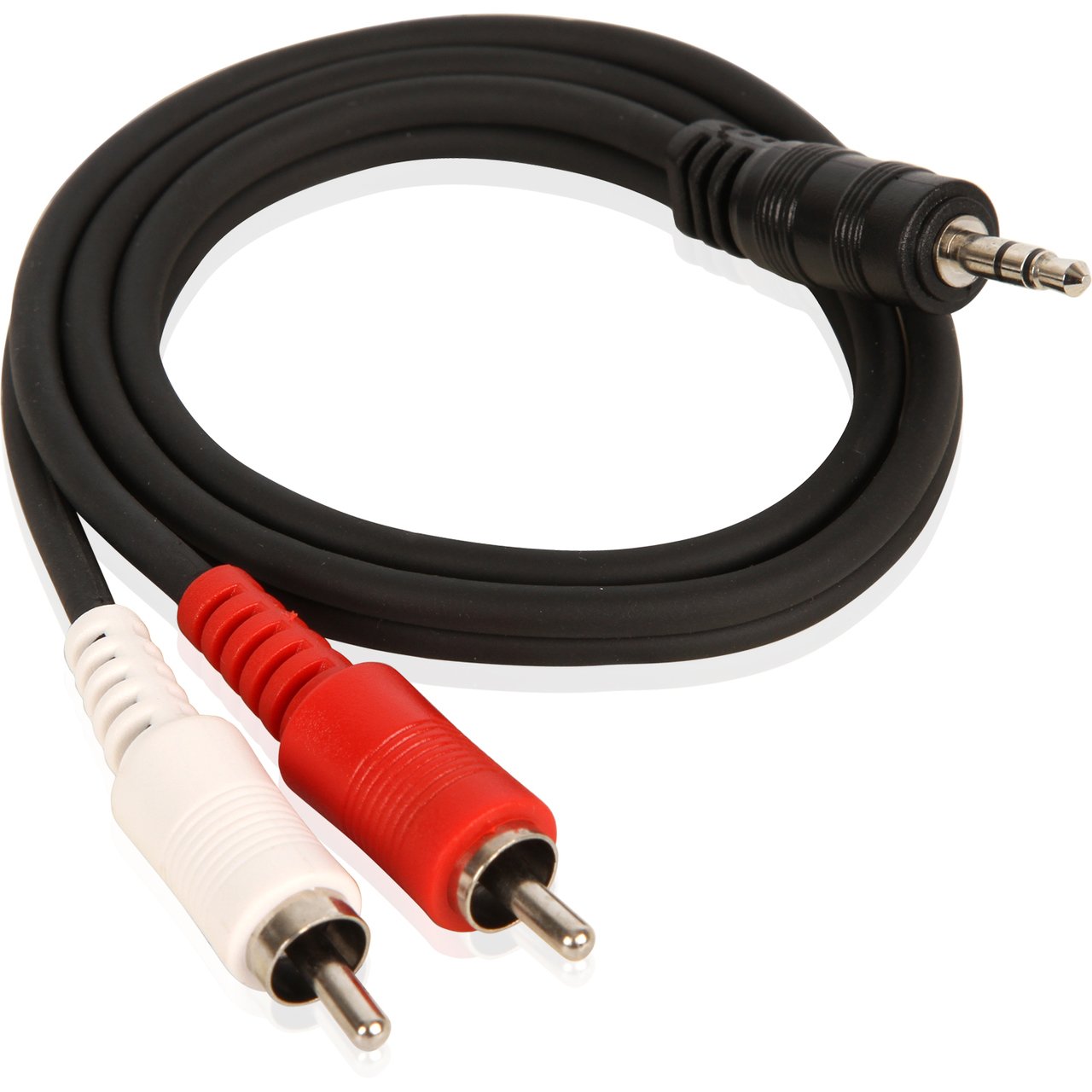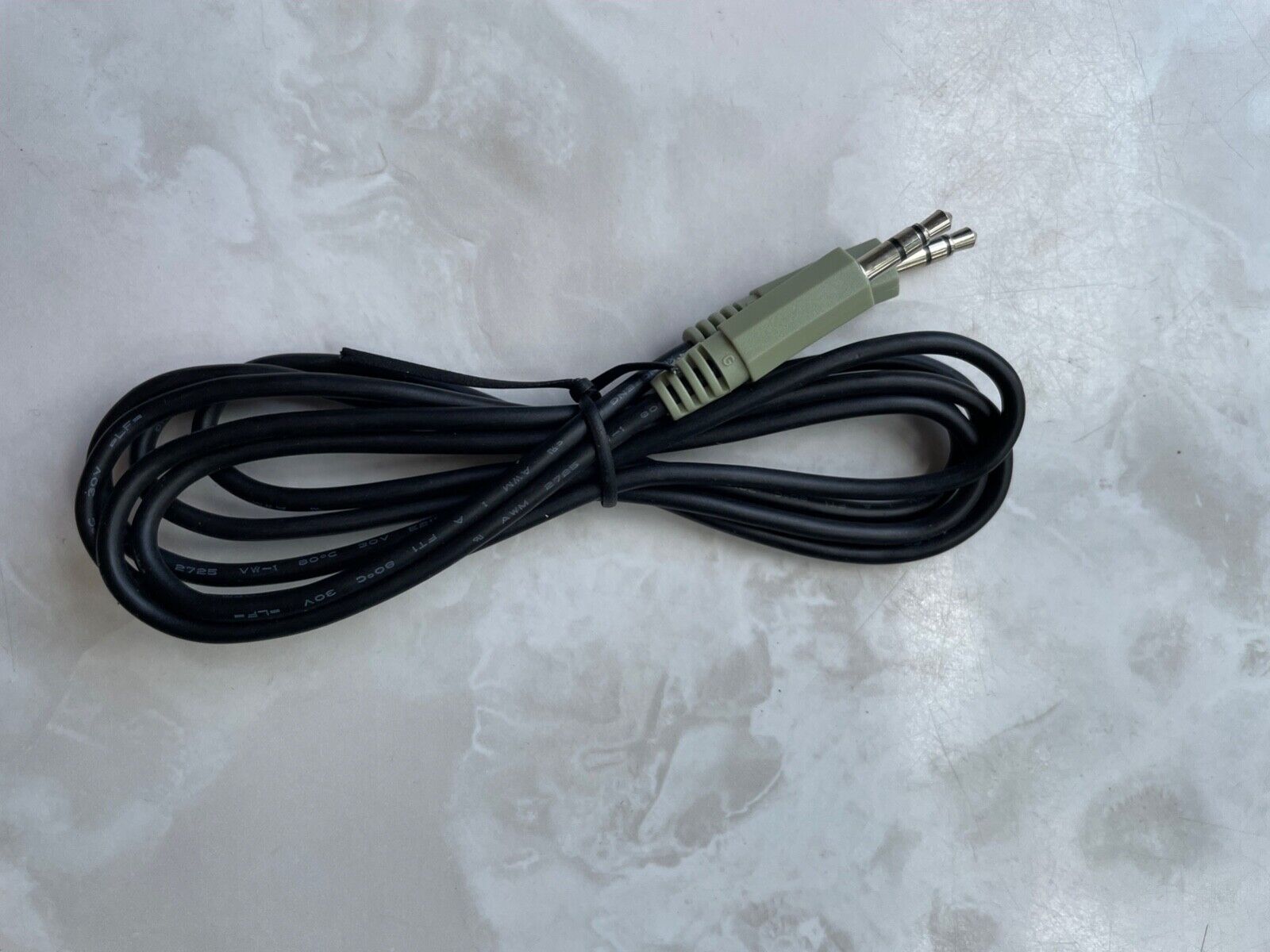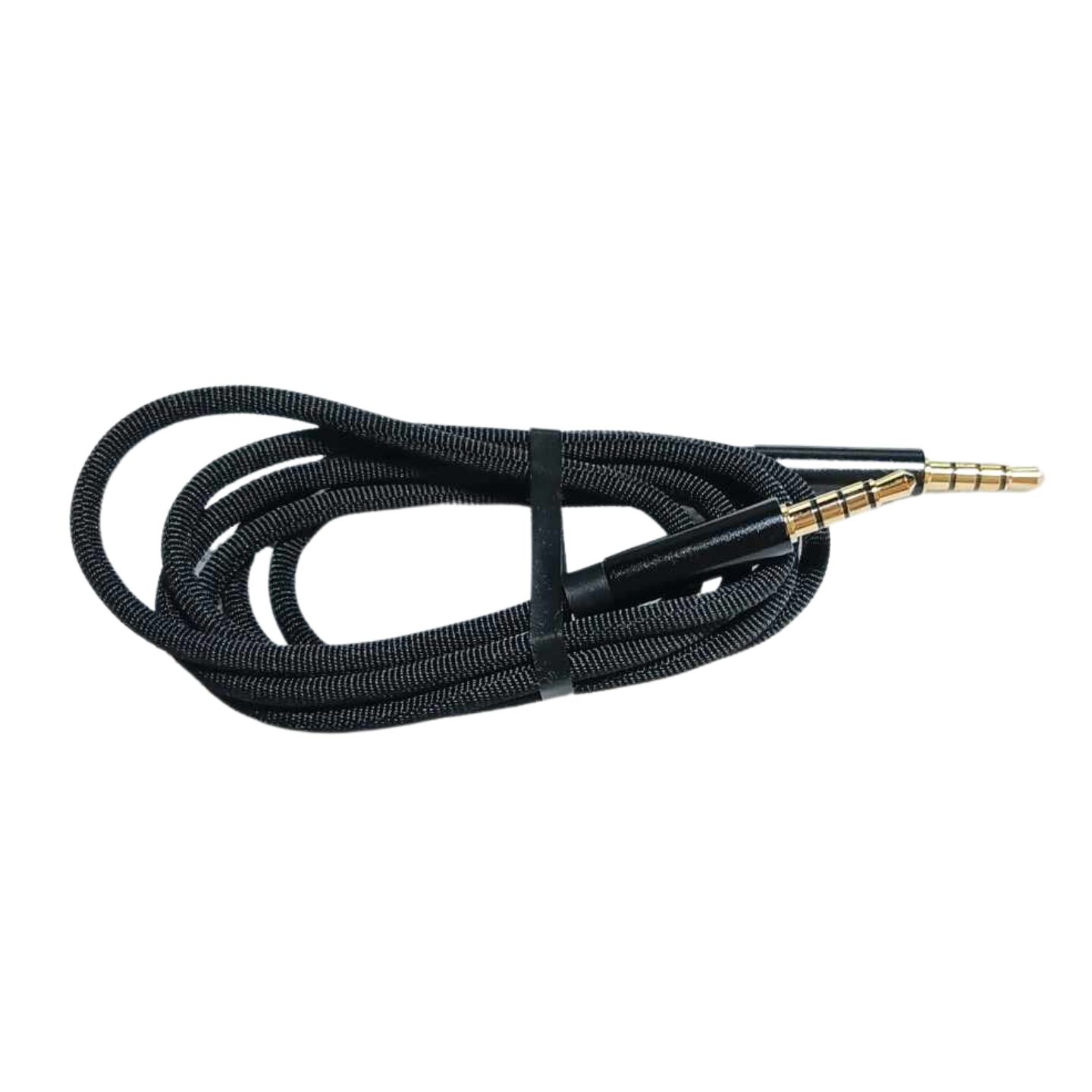Home>Production & Technology>Audio Cable>Where To Plug The Audio Cable For Speakers In A Mac
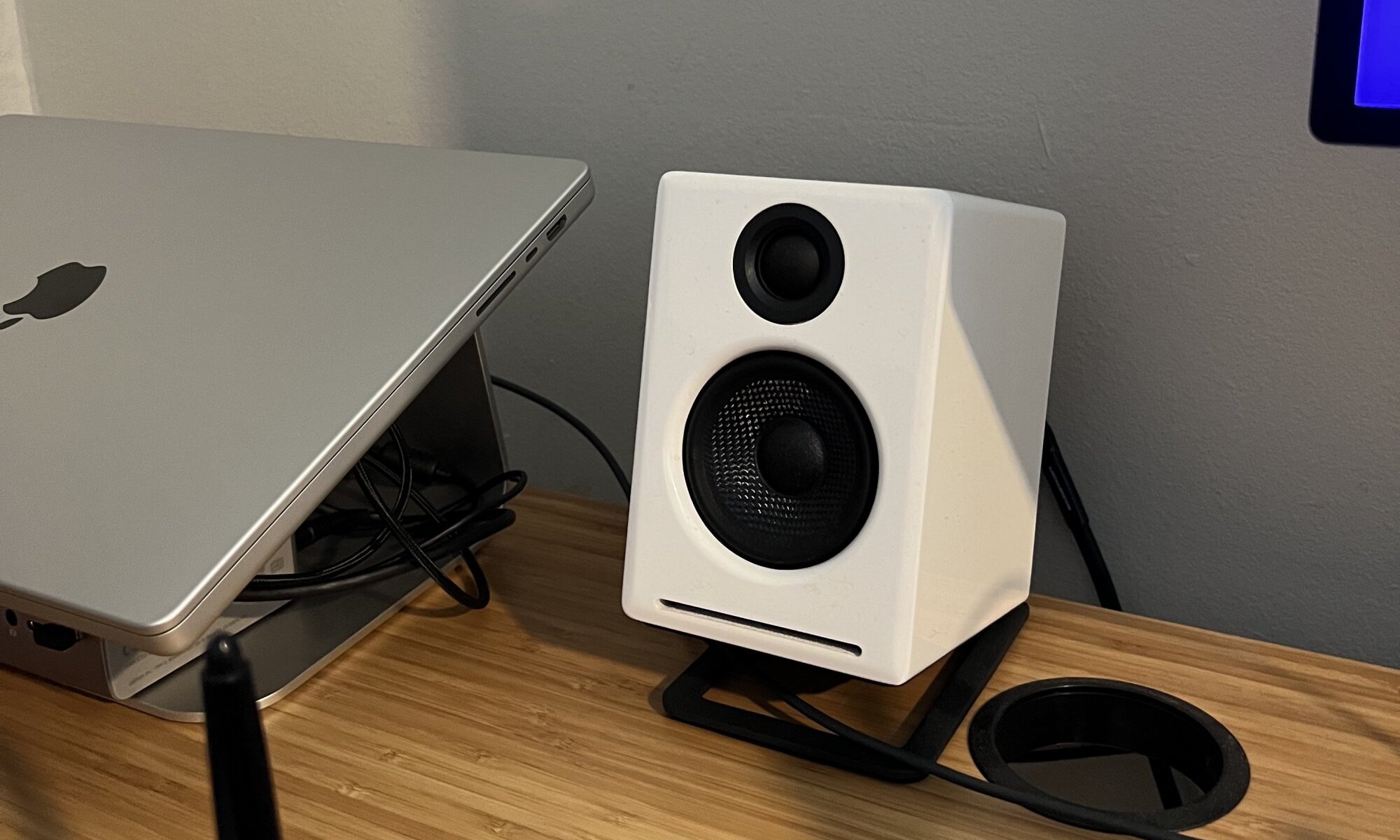

Audio Cable
Where To Plug The Audio Cable For Speakers In A Mac
Modified: January 22, 2024
Looking to connect your speakers to your Mac? Find out where to plug in the audio cable and enjoy high-quality sound on your Mac device.
(Many of the links in this article redirect to a specific reviewed product. Your purchase of these products through affiliate links helps to generate commission for AudioLover.com, at no extra cost. Learn more)
Table of Contents
Introduction
Welcome to the world of audio cables and the wonderful realm of Mac speakers! Whether you’re an audiophile, a music enthusiast, or simply someone who enjoys watching movies or listening to music on your Mac, understanding how to connect audio cables properly is essential for a high-quality audio experience. In this article, we will guide you through the process of connecting speakers to your Mac using various audio ports.
Mac computers typically offer different audio ports, and knowing which port to use for your speakers is crucial. While there are multiple options available, the most common ports include the audio-out port, USB ports, and Thunderbolt ports. Throughout this article, we will provide detailed instructions for connecting your speakers using any of these ports.
Additionally, we will address common troubleshooting issues that you may encounter while connecting your speakers, ensuring that you are able to resolve any audio problems and enjoy your Mac’s audio capabilities to their fullest.
So, let’s dive in and explore the different audio ports available on your Mac, and learn how to connect your speakers using each one!
Identifying the Audio Port on a Mac
Before you begin connecting your speakers, it’s important to identify the audio port on your Mac. This will help you determine the correct cable and connection method to use. Here are the three most common audio ports you’ll find on a Mac:
- Audio-Out Port: This is the standard 3.5mm headphone jack commonly found on Mac laptops and desktops. It is usually labeled with a small headphone or speaker icon. The audio-out port allows you to connect external speakers, headphones, or other audio devices.
- USB Port: Many Macs also have USB ports that can be used for audio connections. These are typically rectangular in shape and can be located on either the back or sides of the computer. USB audio connections offer the advantage of being compatible with a wide range of devices, including speakers and digital-to-analog converters.
- Thunderbolt Port: Thunderbolt is a high-speed data transfer and display interface that is commonly found on newer Macs. Some Thunderbolt ports can also double as audio ports, allowing you to connect compatible speakers or audio interfaces directly. These ports are small, rectangular, and often have a lightning bolt icon next to them.
Once you have identified the audio port on your Mac, you’re ready to connect your speakers and enjoy high-quality audio output. In the next sections, we will walk you through the step-by-step process of connecting your speakers using each of these ports.
Connecting Speakers Using the Audio-Out Port
The audio-out port, also known as the headphone jack, is the most common audio port found on Mac computers. It allows you to connect external speakers, headphones, or other audio devices. Here’s how you can connect your speakers using the audio-out port:
- First, locate the audio-out port on your Mac. It is usually found on the side of laptops or the back of desktops and is labeled with a small headphone or speaker icon.
- Next, determine the type of cable you need to connect your speakers. Most speakers use a 3.5mm audio cable, which has a standard headphone jack at both ends. If your speakers use a different type of cable, such as RCA or quarter-inch, you may need an adapter to connect them to the audio-out port.
- Once you have the appropriate cable, plug one end into the audio-out port on your Mac. Make sure it is inserted fully and securely.
- Take the other end of the cable and plug it into the corresponding input on your speakers. This input is usually labeled “Audio In” or “Line In” and is located on the back or side of the speaker.
- Once both ends are securely connected, turn on your speakers and adjust the volume to your desired level. You should now be able to hear audio through your external speakers.
If you encounter any issues, such as distorted sound or no audio output, make sure that the cables are properly connected and that the volume on your Mac and speakers is turned up. Additionally, check the settings on your Mac to ensure that the audio output is correctly configured to use the external speakers.
By following these steps, you can easily connect your speakers using the audio-out port and enjoy immersive audio while using your Mac.
Connecting Speakers Using the USB Port
In addition to the audio-out port, many Mac computers also have USB ports that can be used for audio connections. These ports offer a convenient and versatile way to connect speakers and other audio devices. Here’s how you can connect speakers using the USB port:
- Locate an available USB port on your Mac. These ports are typically rectangular in shape and can be found on the back or sides of the computer.
- If your speakers utilize a USB connection, simply plug the USB cable into an available USB port on your Mac.
- If your speakers do not have a USB connection, you may need a USB audio adapter. This is a small device that converts the audio signal from the speakers into a format that can be transmitted through a USB port. Connect one end of the USB cable to the adapter and the other end to an available USB port on your Mac.
- Once connected, turn on your speakers and adjust the volume to your desired level.
Your Mac should automatically detect the speakers and configure them as the audio output device. However, if they are not automatically recognized, you may need to adjust the audio settings on your Mac to select the USB speakers as the output device.
Using the USB port for audio connections offers several advantages. It allows for digital audio transmission, which can result in higher sound quality compared to analog connections. Additionally, USB ports provide power to your speakers, eliminating the need for separate power cables.
If you encounter any issues, such as no sound or unrecognized speakers, ensure that the cables are securely connected, and check the audio settings on your Mac to verify that the USB speakers are selected as the default output device.
By following these steps, you can easily connect speakers to your Mac using the USB port and enjoy clear and immersive audio.
Connecting Speakers Using the Thunderbolt Port
While Thunderbolt ports are primarily known for their high-speed data transfer and display capabilities, some Mac models also have Thunderbolt ports that can be used for audio connections. If your Mac has a Thunderbolt port and your speakers are compatible, you can connect them directly using this port. Here’s how:
- Locate the Thunderbolt port on your Mac. It is typically a small, rectangular port with a lightning bolt icon next to it. The exact location may vary depending on your Mac model.
- If your speakers have a Thunderbolt connection, simply plug the Thunderbolt cable into the Thunderbolt port on your Mac.
- If your speakers do not have a Thunderbolt connection, you may need a Thunderbolt to USB or Thunderbolt to audio adapter. These adapters allow you to connect your speakers to the Thunderbolt port. Connect one end of the adapter or cable to the Thunderbolt port on your Mac and the other end to the corresponding input on your speakers.
- Once the speakers are connected, turn them on and adjust the volume to your desired level.
Your Mac should automatically recognize the Thunderbolt-connected speakers and set them as the audio output device. However, if the speakers are not automatically detected, you may need to adjust the audio settings on your Mac to select the Thunderbolt speakers as the output device.
Using the Thunderbolt port for audio connections can provide high-quality audio output, especially if your speakers support Thunderbolt technology. It offers a convenient single-cable solution, as Thunderbolt ports can transmit both audio and other data simultaneously.
If you encounter any issues, such as no audio or unrecognized speakers, ensure that the cables are securely connected and check the audio settings on your Mac to ensure the Thunderbolt speakers are selected as the default output device.
By following these steps, you can easily connect speakers to your Mac using the Thunderbolt port and enjoy immersive and high-quality audio playback.
Troubleshooting Audio Connection Issues
While connecting speakers to your Mac is generally a straightforward process, you may encounter some common issues that can affect the audio output. Here are some troubleshooting steps to help you resolve any audio connection issues:
- No Sound: If you’re not hearing any sound from your speakers, first check the volume settings on your Mac and the speakers themselves. Verify that the volume is turned up and not muted. Also, ensure that the speakers are properly connected to the audio port or USB/Thunderbolt port.
- Distorted Sound: If the sound coming from your speakers is distorted, check the cables for any damage or loose connections. Ensure that the cables are firmly plugged into the ports and the speakers. Additionally, try adjusting the volume levels on both your Mac and the speakers to see if that improves the audio quality.
- No Audio Output Device Detected: If your Mac is not recognizing the external speakers, go to the “System Preferences” menu and select “Sound.” In the “Output” tab, ensure that the correct audio output device is selected. You may need to select the specific port your speakers are connected to (audio-out, USB, or Thunderbolt).
- Software Updates: Make sure that your Mac’s operating system and audio drivers are up to date. Check for any available software updates and install them if necessary. Sometimes, outdated software can cause compatibility issues with audio devices.
- Try Different Ports/Cables: If you’re experiencing difficulties with one port or cable, try using a different port or cable to see if the problem persists. This can help isolate whether the issue lies with the port/cable or the speakers.
If you’ve tried the above troubleshooting steps and are still experiencing issues with your audio connection, it may be helpful to consult the user manual for your speakers or reach out to the manufacturer’s support for further assistance.
Remember, troubleshooting audio connection issues can vary depending on your specific setup and equipment. Patience and experimentation are key to finding the solution that works for you. With perseverance, you’ll be able to enjoy uninterrupted audio playback on your Mac.
Conclusion
In conclusion, knowing how to connect speakers to your Mac using the appropriate audio ports is essential for a fulfilling audio experience. Whether you choose to connect your speakers through the audio-out port, USB port, or Thunderbolt port, the process is simple and straightforward.
By identifying the correct port on your Mac and understanding the cables and adapters needed, you can easily set up your speakers and enjoy high-quality audio output. Remember to adjust the volume levels on both your Mac and speakers to achieve the desired sound level.
In the event of any audio connection issues, troubleshooting steps such as checking volume settings, verifying cable connections, and updating software can help resolve the problem. If all else fails, consult the user manual or manufacturer support for further assistance.
Now that you know how to connect speakers to your Mac using different audio ports and troubleshoot common issues, you can immerse yourself in a world of rich and vibrant sound while enjoying your favorite music, movies, or videos.
So, go ahead and connect those speakers, crank up the volume, and let your Mac become the ultimate audio powerhouse.

